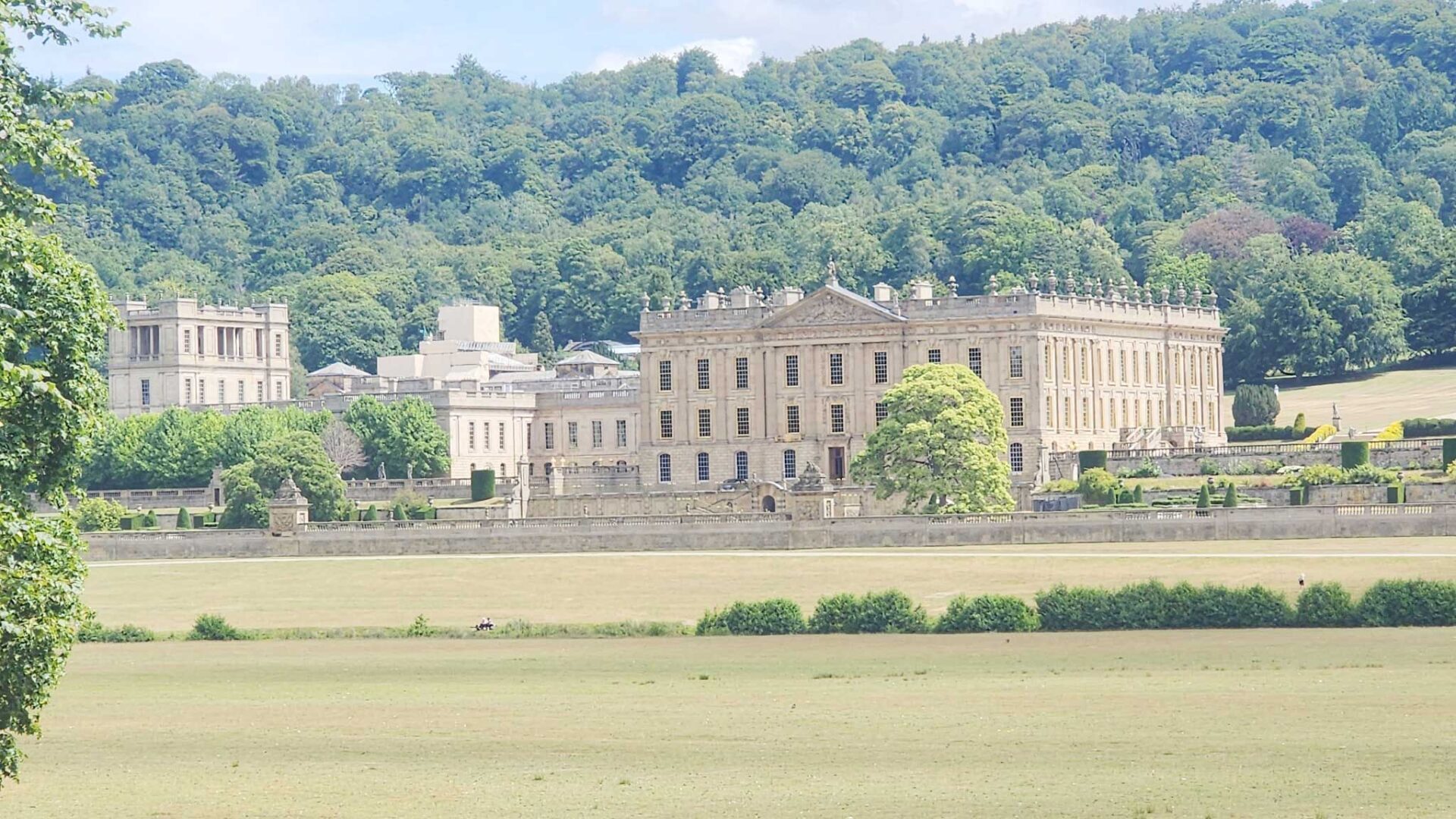England’s history of feudalism is seen in the grand manors that served as homes to the country’s nobility. Today, these homes are a popular tourist destination for individuals interested in how the upper class lived during those times.
One perennial favorite is Chatsworth House located in Derbyshire, a three-hour drive away from London. This massive half-hectare structure is the home of the Cavendish family who serve as the Duke of Devonshire. First constructed in 1553, it underwent several changes and renovations, with its current appearance completed in 1708, with additional wings constructed in 1820.
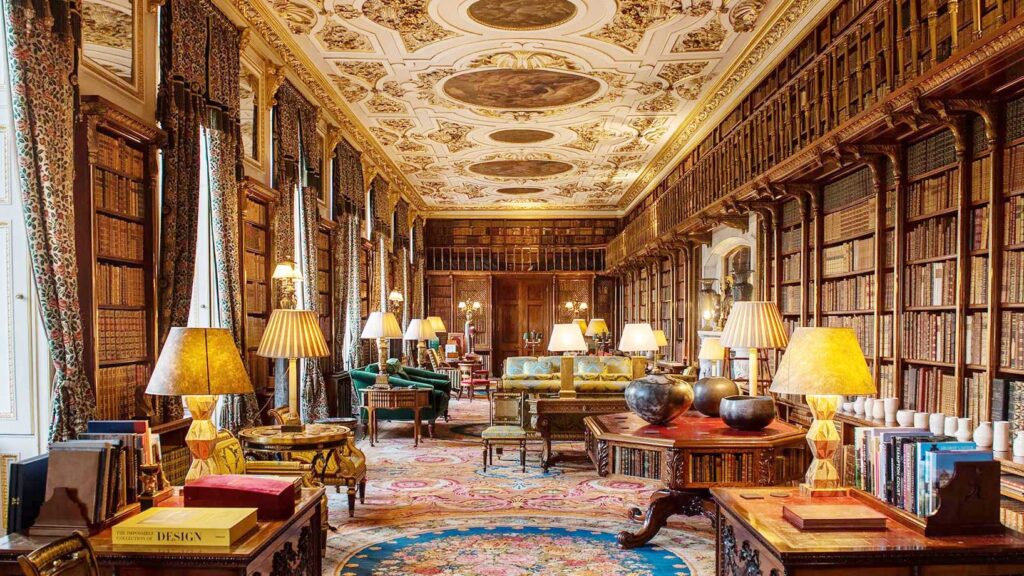
The garden is one of the main draws of Chatsworth House, attracting over 300,000 visitors a year. The sprawling grounds have many pocket areas, many of which are personal projects of former dukes. The result is a collection of work and architecture that spans six centuries.
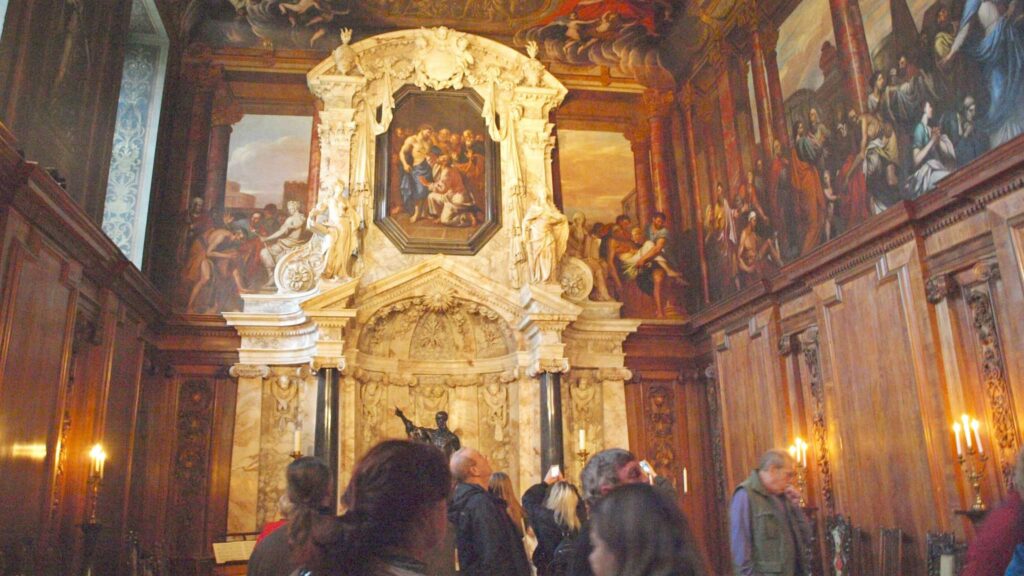
One such area is the rose garden. First developed in 1811, It was remodeled into its present form in 1939 and features several rose varieties that were first planted that same year. These include Buff Beauty, Felicia, and Savoy Hotel. The rose beds are edged with alpine strawberries and the central flower beds feature White Phlox which flowers later than the roses, extending the period where flowers can be enjoyed by guests.
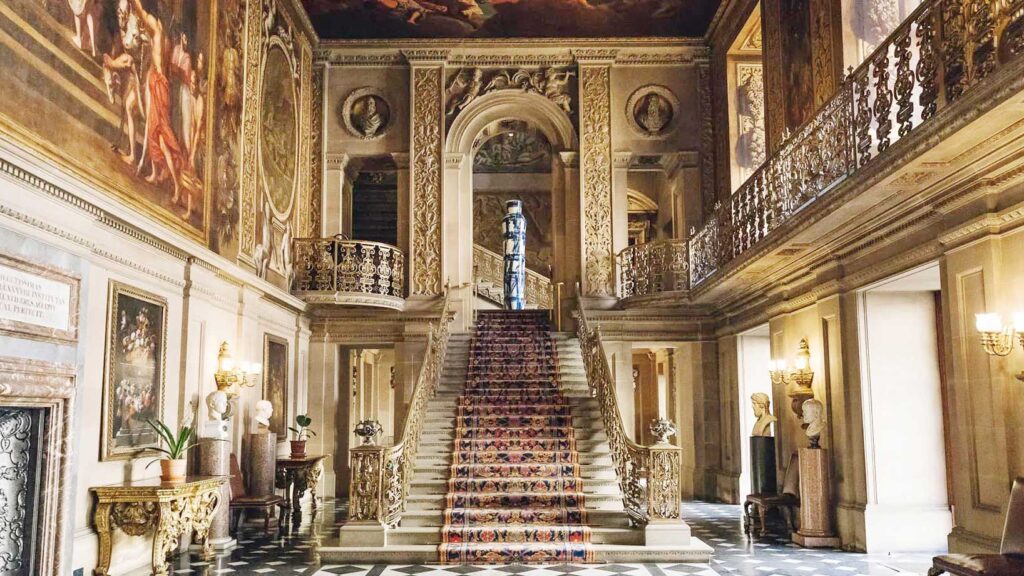
Eagle-eyed guests are also treated to classical busts that adorn the roof of the garden building.
Crossing the grounds and past the Ring Pond is the Rock Garden. It was built as a reminder of the 6th Duke’s visit to the Alps during the Grand Tour of Europe. Work began in 1842 and the stone was brought from Dobb Edge, north of Stand Wood.
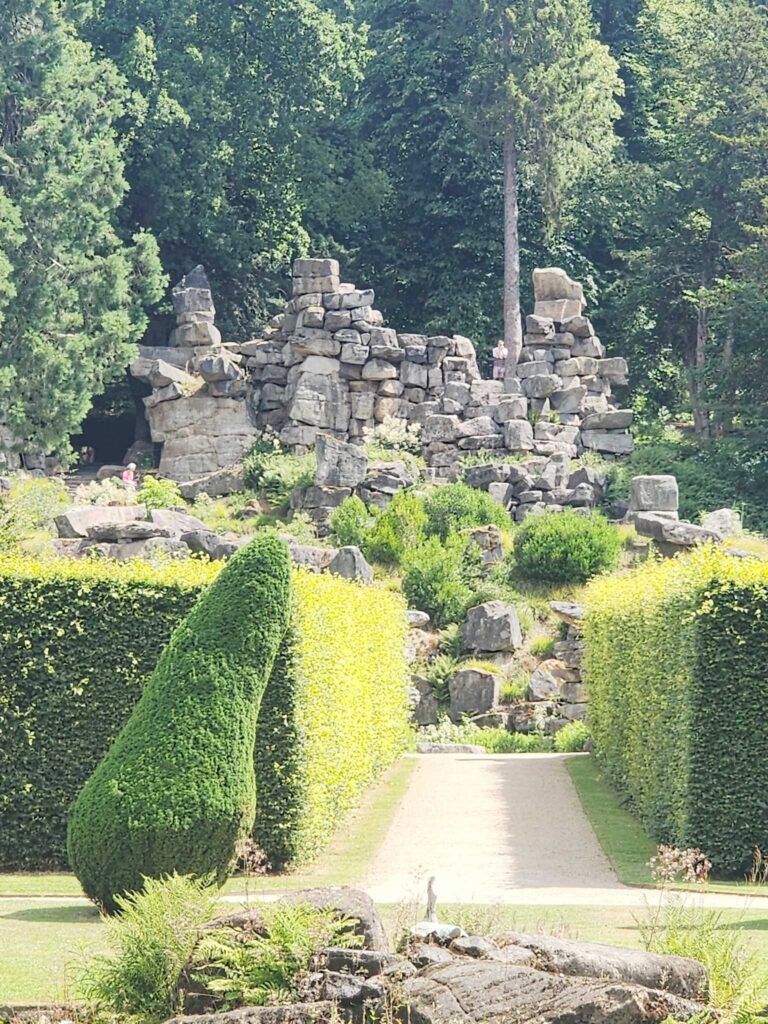
The same duke also developed the Emperor Fountain, one of the landmark architectures found in the Chatsworth House garden. While the first duke installed the first fountain, it was the 6th duke and head gardener Joseph Paxton who transformed the fountain to be a centerpiece monument, capable of shooting water up to 90 meters in the air. Flanking the fountain are two reclining river gods, created by the sculptor Nadauld.
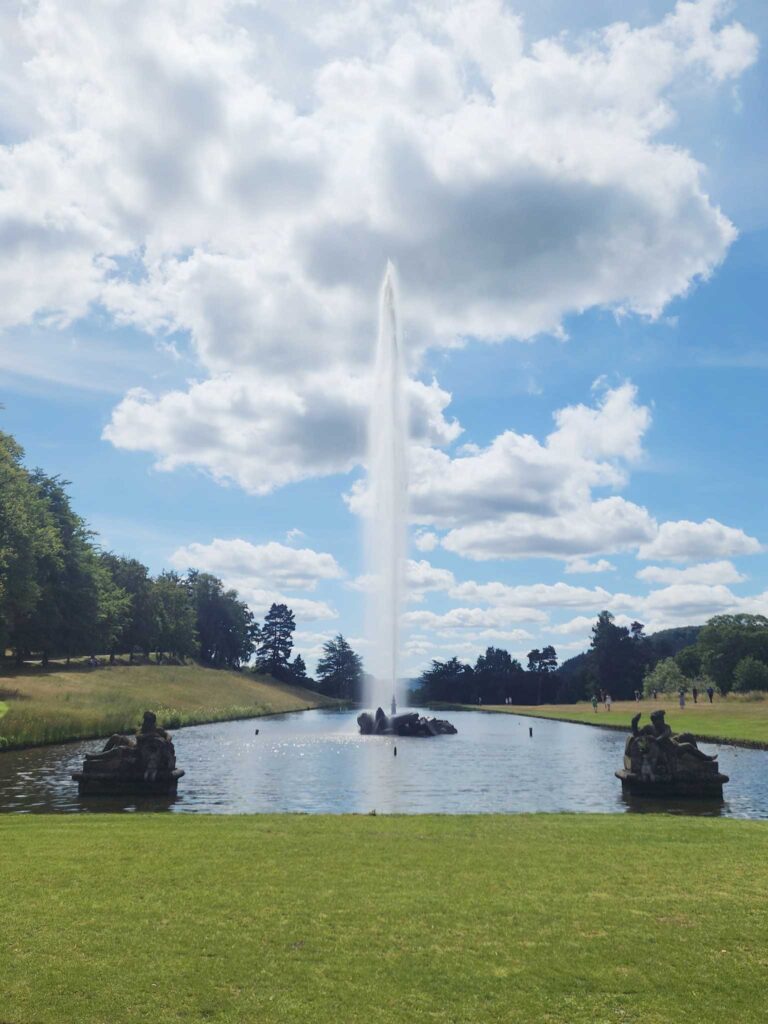
The house itself is a treasure trove of artworks spanning centuries. The Painted Hall serves as the lavish entrance of the house and features a black-and-white tiled marble floor. The painted ceiling and walls impart dramatic flair to the room and give the Painted Hall its name. It features dramatic scenes from the life of Julius Caesar.
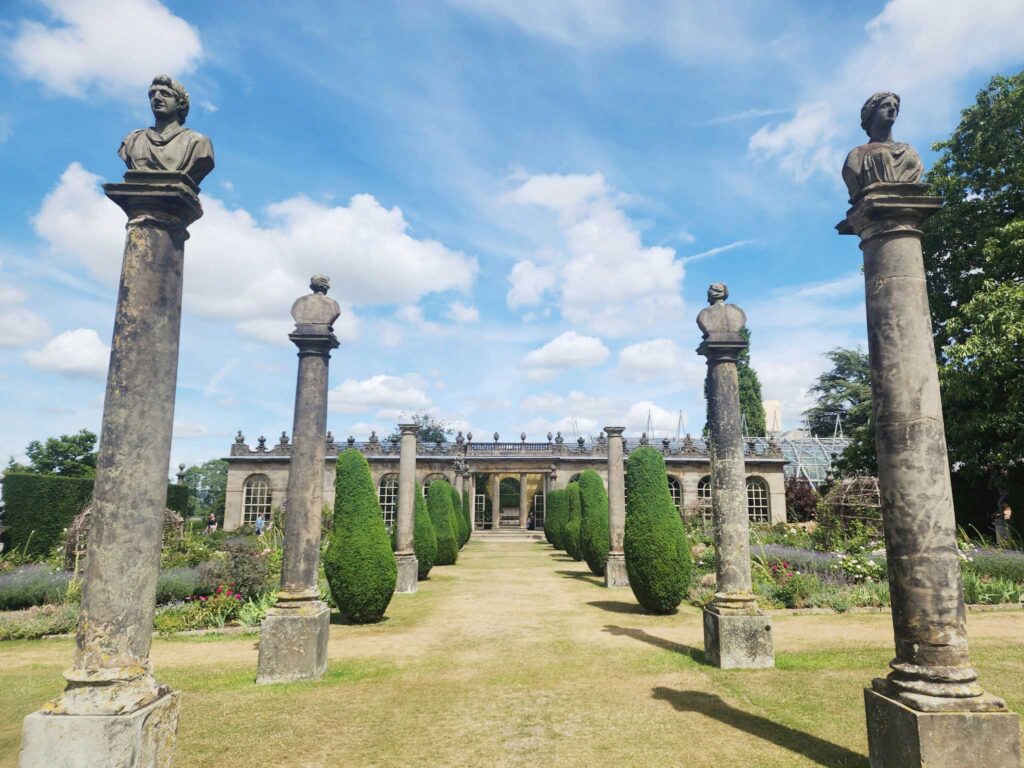
The library is another highlight of the house, considered by many to be one of the finest private libraries in the world. It houses over 17,000 books all housed in wood-panelled walls all marked with the patina of age – hinting at the numerous years the house has endured.
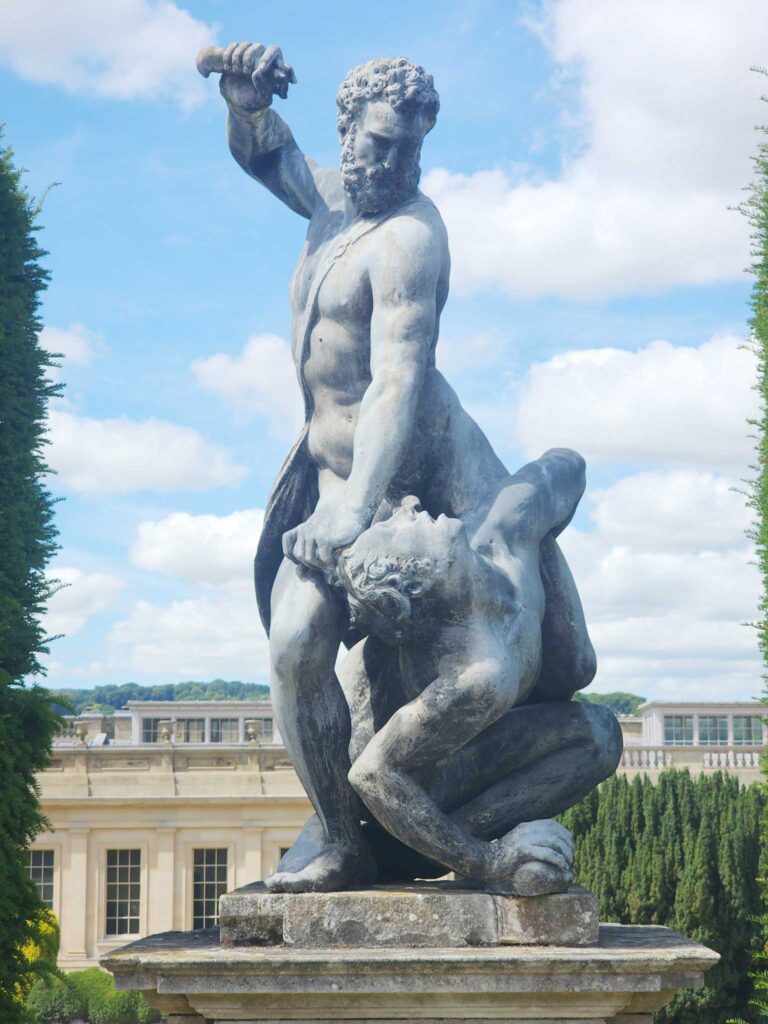
The chapel is one of the oldest sections of the house. Built between 1688 and 1693, a year before the 4th Earl was created 1st Duke of Devonshire. It has remained almost completely unaltered ever since. The centerpiece is a massive altar constructed of alabaster quarried at Castlehayes near Tutbury in Staffordshire, and black marble from Sheldon moor above Ashford-in-the-Water. The focal point of the altarpiece is the oil painting of The Incredulity of St Thomas.
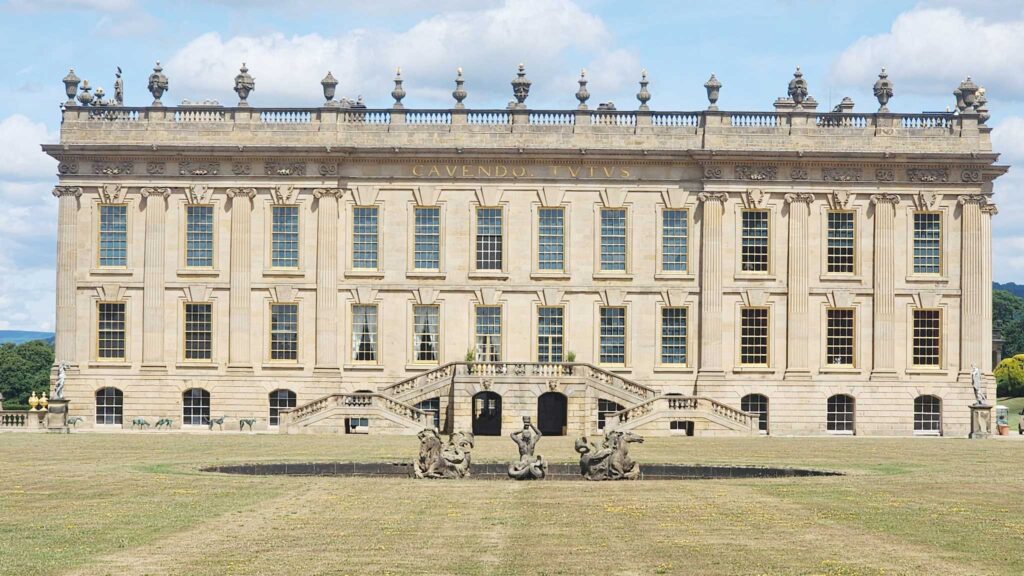
More than just a testament to the lavish lifestyles of the landed nobility in the past, Chatsworth House is now seen as a shining example of restoration done right. The garden is home to many interesting areas highlighting the different aesthetic tastes each homeowner had during their time in the estate. Meanwhile, the house itself is an artistic paradise, with works of the masters on full display for guests to enjoy.

